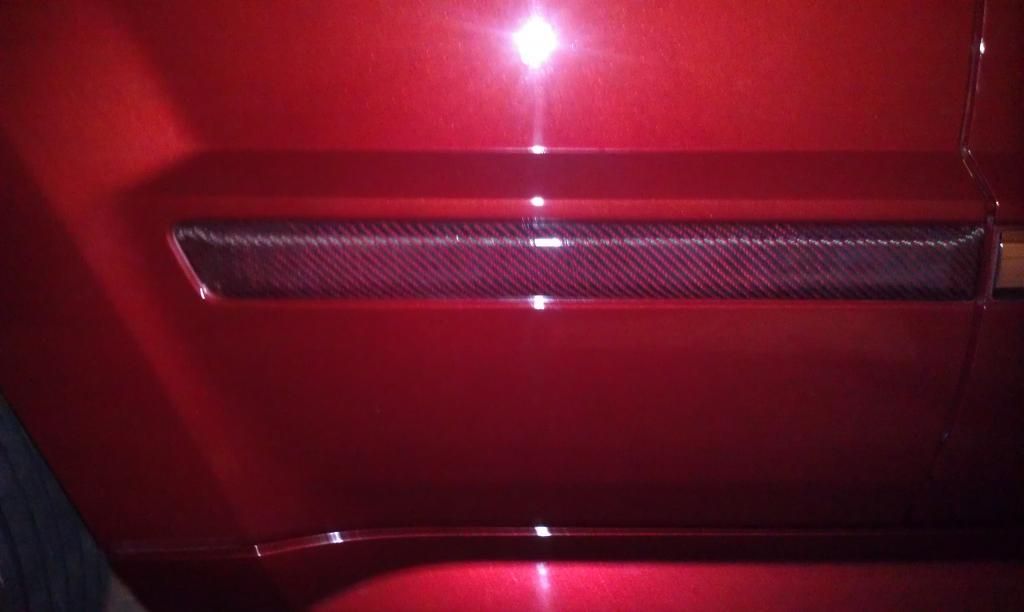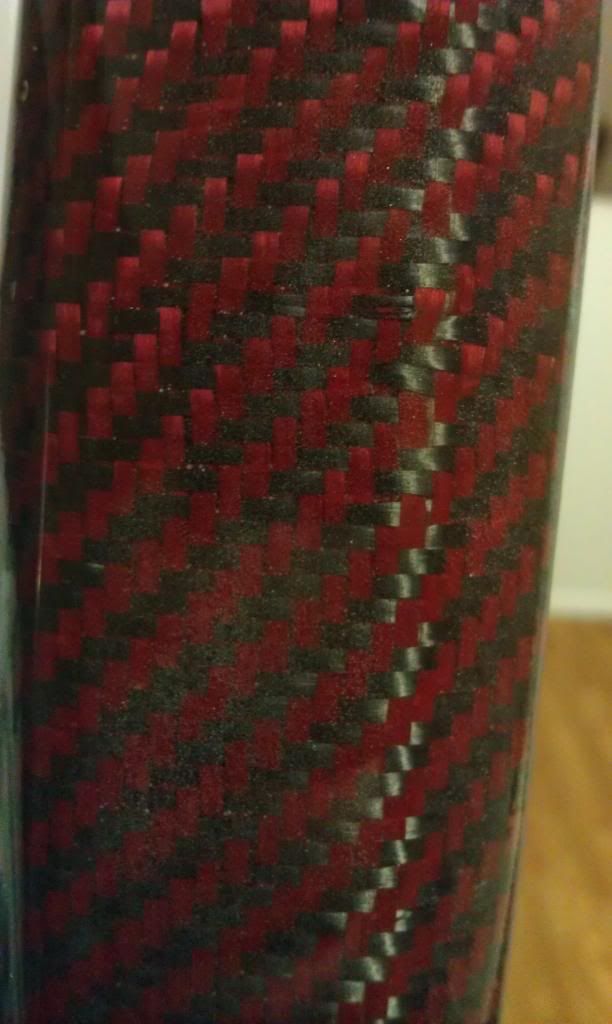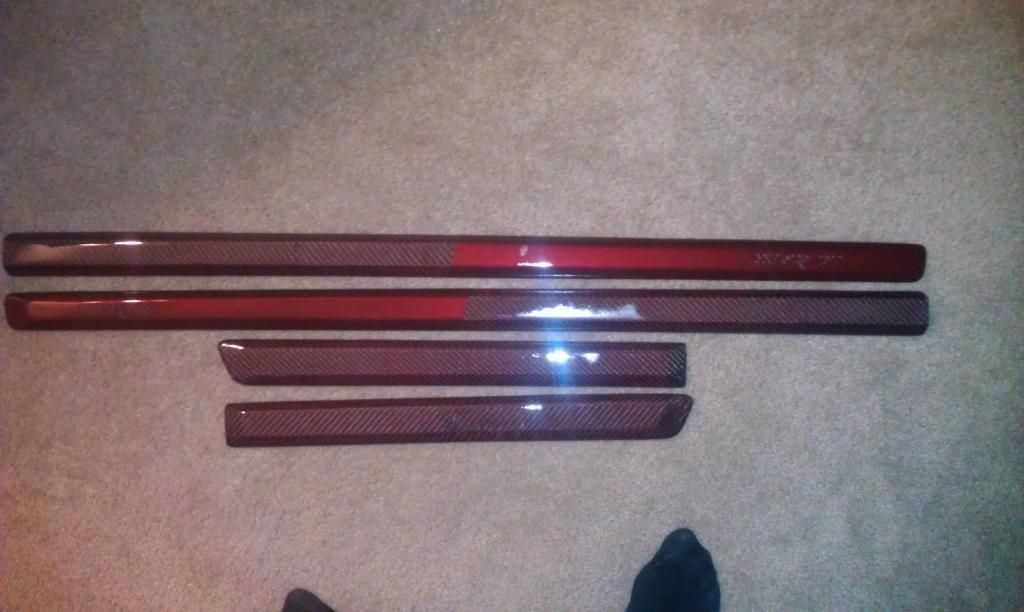Hey guys! I’m new to the forum, and new to composites in general. My first project involved using a Red CF/Kevlar Fabric to hand lay up some side Moldings on my Jeep Grand Cherokee SRT8. It took me a couple tries to figure out how to get it to stay tight on the part, and wait for the perfect time to lay down the cloth. I finally got that down, and thought I was doing everything correctly. Followed all instructions, advice, etc. Anyway, after I got the finish perfectly smooth and scratch free, I looked at all four panels in the light and to my disgust, it was cloudy in the majority of places, with little white specks everywhere. I don’t know what I did wrong to get this cloudiness and specking. It also looks like it goes all the way through to the CF weave. I’m dumbfounded and don’t even want to try again, if after all that hard work it’s going to come out looking like this again. Is there any way to save this project, or would I have to start again? I used Foam Applicators from Solar Composites, the epoxy and hardner were from carbonmods.com, and I finished it with a clear gelcoat from carbonmods.com, and then cleared it. I posted a picture of what I’m talking about. It looks way worse than the pictures show, the cloudiness is horrible when it’s actually on the car in the sunlight. Any advice?
Thanks in advance,
Cody
You can see the cloudiness I’m talking about to the Right of the panel

You can see the White Specking that I’m talking about in this photo.

Finished product, looks great from far, but not in the sunlight or up close.

